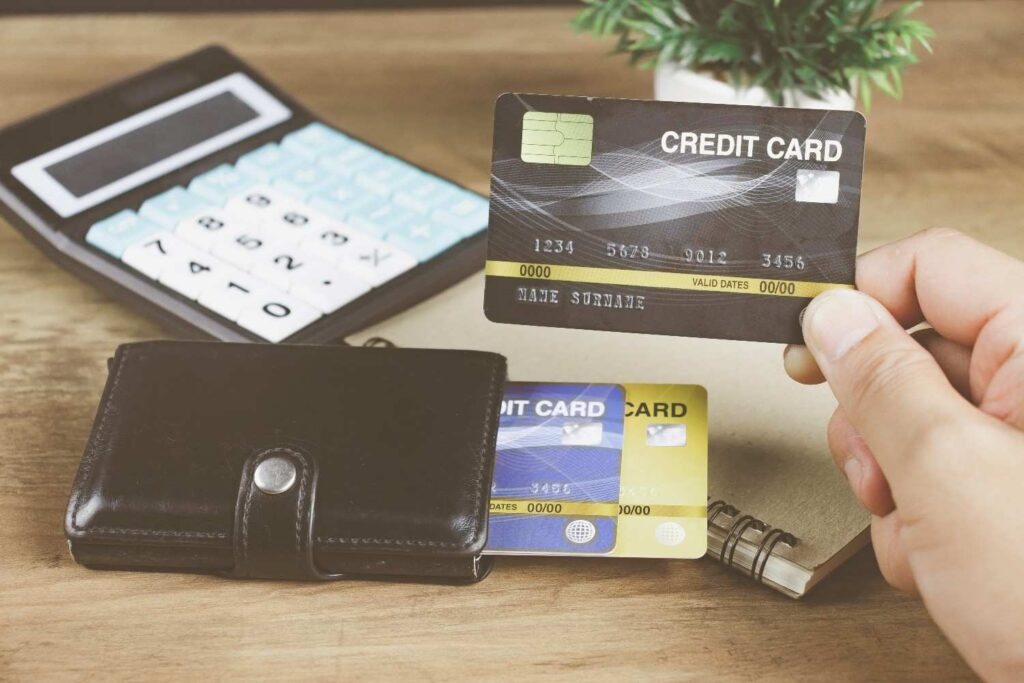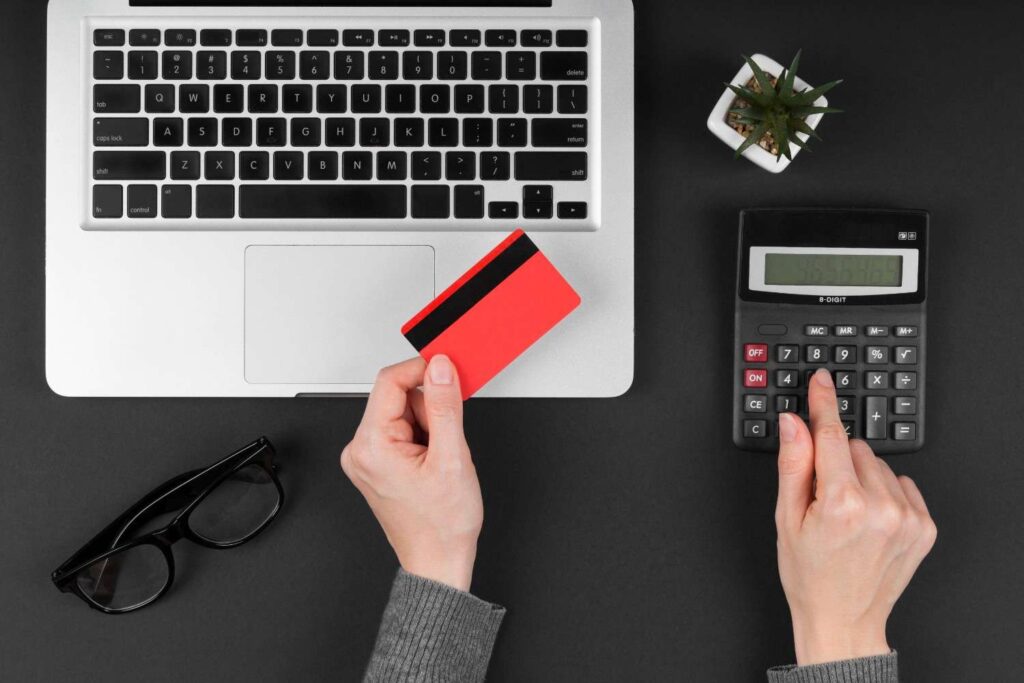If you’ve ever stared at your statement wondering what is a credit card balance, here’s the short answer: it’s the total amount you owe on your card at a specific moment—including purchases, fees, interest that has posted, cash advances, and any balance transfers. Think of it as your “right now” amount due, which can change multiple times a day as new transactions post or payments clear.
What is a credit card balance?
Your credit card balance—sometimes called your current balance—is the up-to-the-minute sum your issuer shows for what you owe right now. It’s different from your statement balance, which is the snapshot captured at the end of your billing cycle and printed on your monthly bill. Pay the full statement balance by the due date, and you generally avoid interest on new purchases thanks to the grace period.
What counts toward the balance?
- Posted purchases and returns
- Posted fees (e.g., late fees), posted interest, cash advances
- Posted balance transfers
Pending transactions don’t change your statement balance, but once they post they will roll into your current balance.

Statement balance vs. current balance: what’s the difference?
- Statement balance: the total captured on the closing date of your billing cycle; it doesn’t change until the next cycle closes. Paying this amount by the due date typically avoids interest on new purchases.
- Current balance: the real-time total you owe, including anything that posted after your last statement closed. This figure can change daily.
Which should you pay? If your goal is to avoid interest, pay at least the statement balance by the due date. If you want a zero balance (and lower reported utilization between statements), paying the current balance clears everything that has posted.
What is a “credit” (negative) balance—and can my card owe me money?
Yes. A credit balance appears when the card company owes you—for example, you overpay, a merchant refund posts after you’ve paid in full, or rewards credits exceed what you owed. Federal rules require issuers to refund credit balances over $1 on request and to make reasonable efforts to refund them automatically.

How do issuers calculate interest on balances?
Most cards use the average daily balance method: the issuer totals each day’s balance in the cycle and applies a daily periodic rate (your APR divided by 365). If you always pay the full statement balance by the due date, you typically keep your grace period and won’t accrue purchase interest. Miss that, and interest can start accruing from the transaction date. (Exact mechanics appear in issuer disclosures and regulatory handbooks.)
Does my balance affect my credit score?
Yes—through credit utilization (your balance divided by your credit limit). Utilization is a significant factor in many scoring models. Lower is generally better, and many experts aim to keep utilization under about 30%—and lower for best results—by paying early or making multiple payments before the statement closes. (Your issuer typically reports the balance around the statement closing date.)
How do balance transfers and cash advances show up?
- Balance transfers move debt from one card to another—often to take advantage of a low or 0% intro APR. The transferred amount becomes part of your receiving card’s balance and may include a transfer fee.
- Cash advances add to your balance and usually start accruing interest immediately (no grace period) and may carry a higher APR plus an upfront fee—check your card’s terms.
Frequently Asked Questions
1. What is a credit card balance vs. a statement balance?
Your credit card balance (current balance) is what you owe right now; your statement balance is the fixed total captured on the statement closing date. Paying the statement balance by the due date typically avoids interest on new purchases.
2. Which balance should I pay to avoid interest?
Pay at least the statement balance in full by the due date to maintain your purchase grace period and avoid interest on new purchases. Paying the current balance will also avoid interest and additionally zero out charges that posted after the statement closed.
3. Why did my balance change after I made a payment?
Your current balance updates as new transactions, refunds, fees, or interest post. Even if you just paid, a pending purchase or fee that posts afterward will raise the current balance, while refunds or credits can lower it—or push it negative.
4. What happens if my account shows a negative (credit) balance?
That means your issuer owes you money (for example, because of a refund or overpayment). Under federal rules, issuers must promptly refund credit balances over $1 upon request and make reasonable efforts to return them automatically.
Action checklist: how to keep your balance—and costs—low
- Know your dates. Track statement closing date (when your utilization is captured) and due date (when to pay to keep the grace period).
- Automate payments. Set autopay for at least the statement balance; consider an extra mid-cycle payment to lower utilization before the statement closes.
- Avoid cash advances. They often incur fees and interest immediately.
- Use transfers strategically. A 0% intro APR balance transfer can cut interest, but watch for transfer fees and promo deadlines.
Bottom line: what is a credit card balance and why it matters
So, what is a credit card balance? It’s your real-time “you owe this much” number—and understanding how it differs from the statement balance helps you avoid interest, manage utilization, and keep your credit healthy. Pay at least the statement balance on time, watch your closing date, and use tools like autopay and mid-cycle payments to stay in control.










